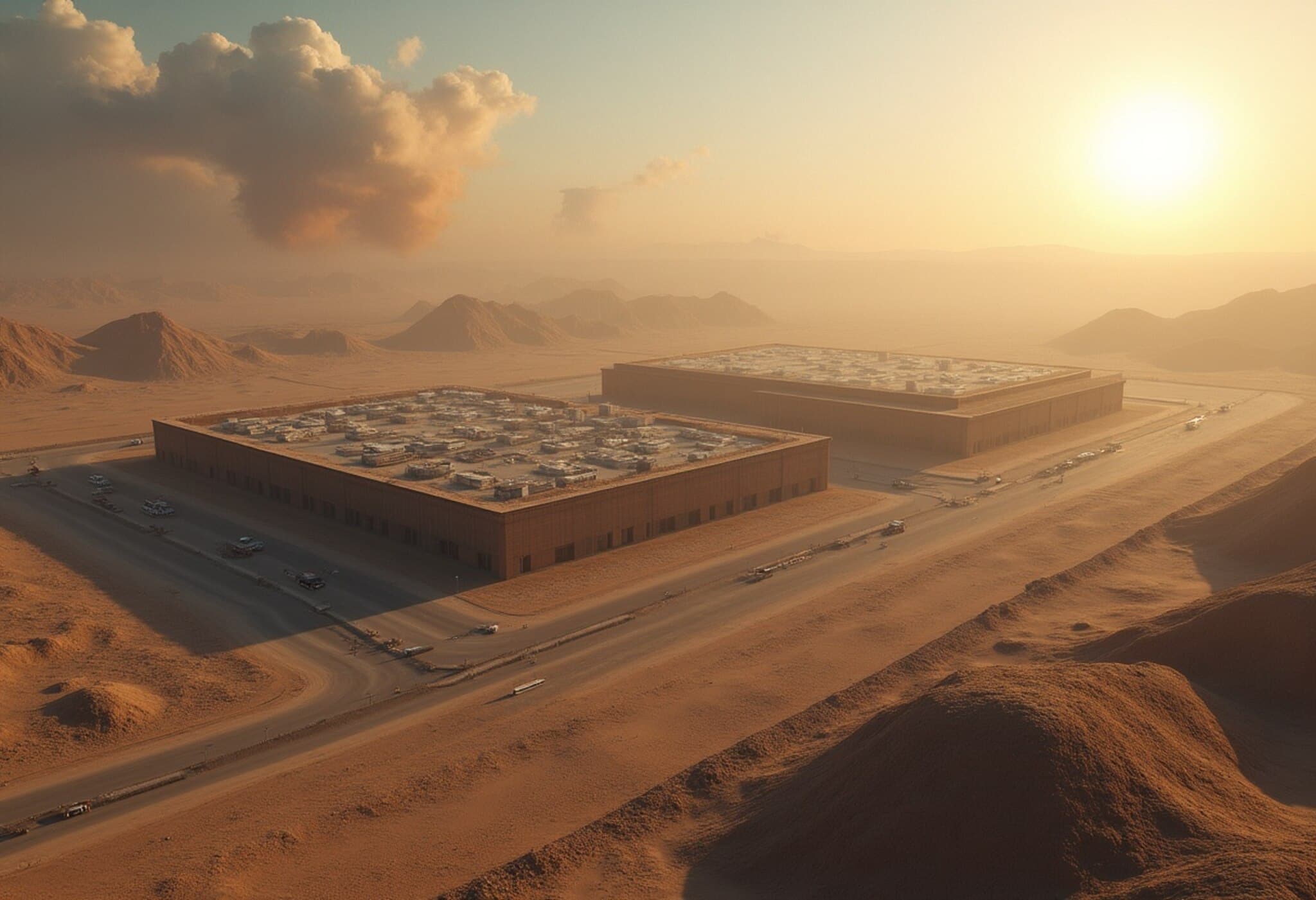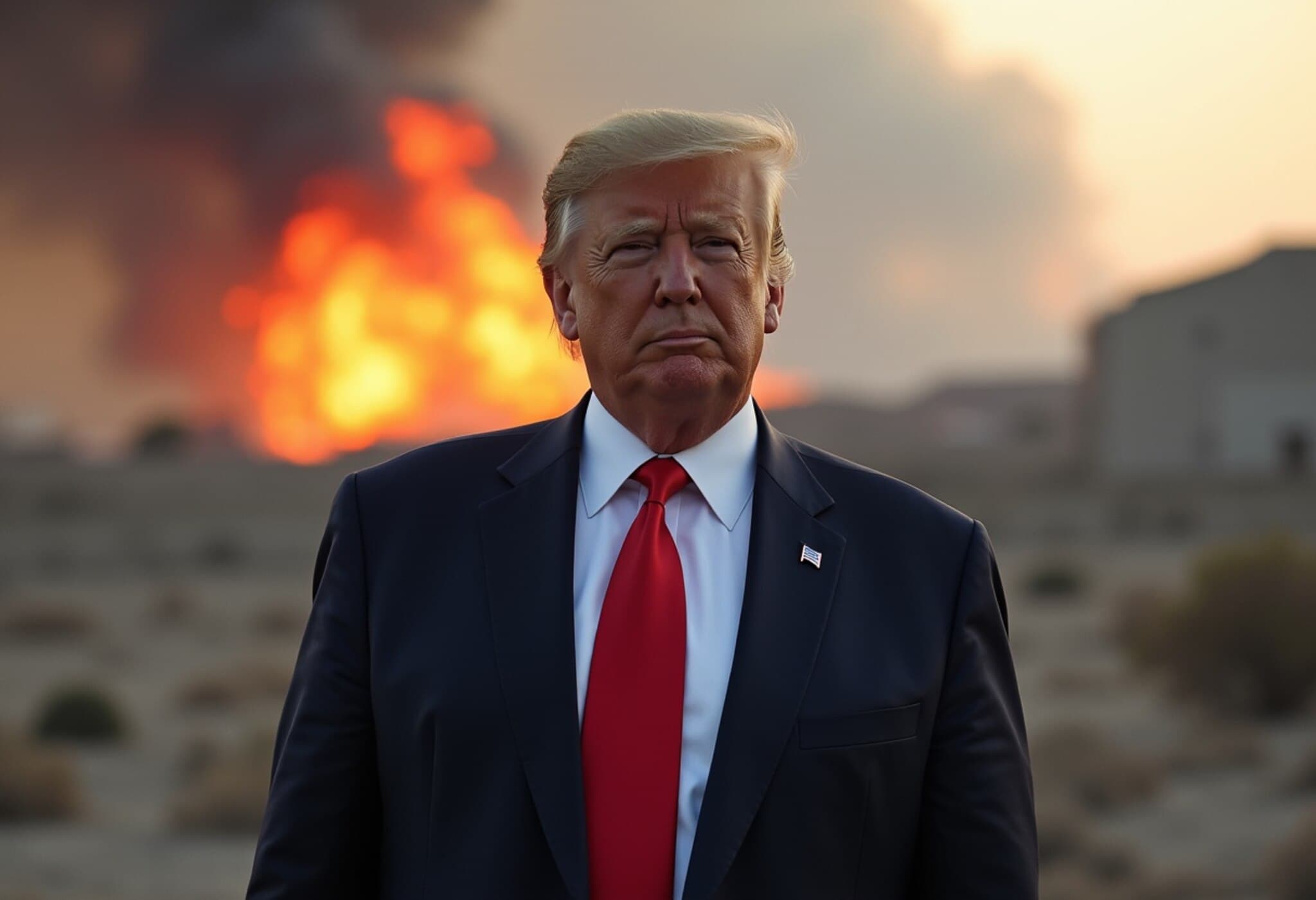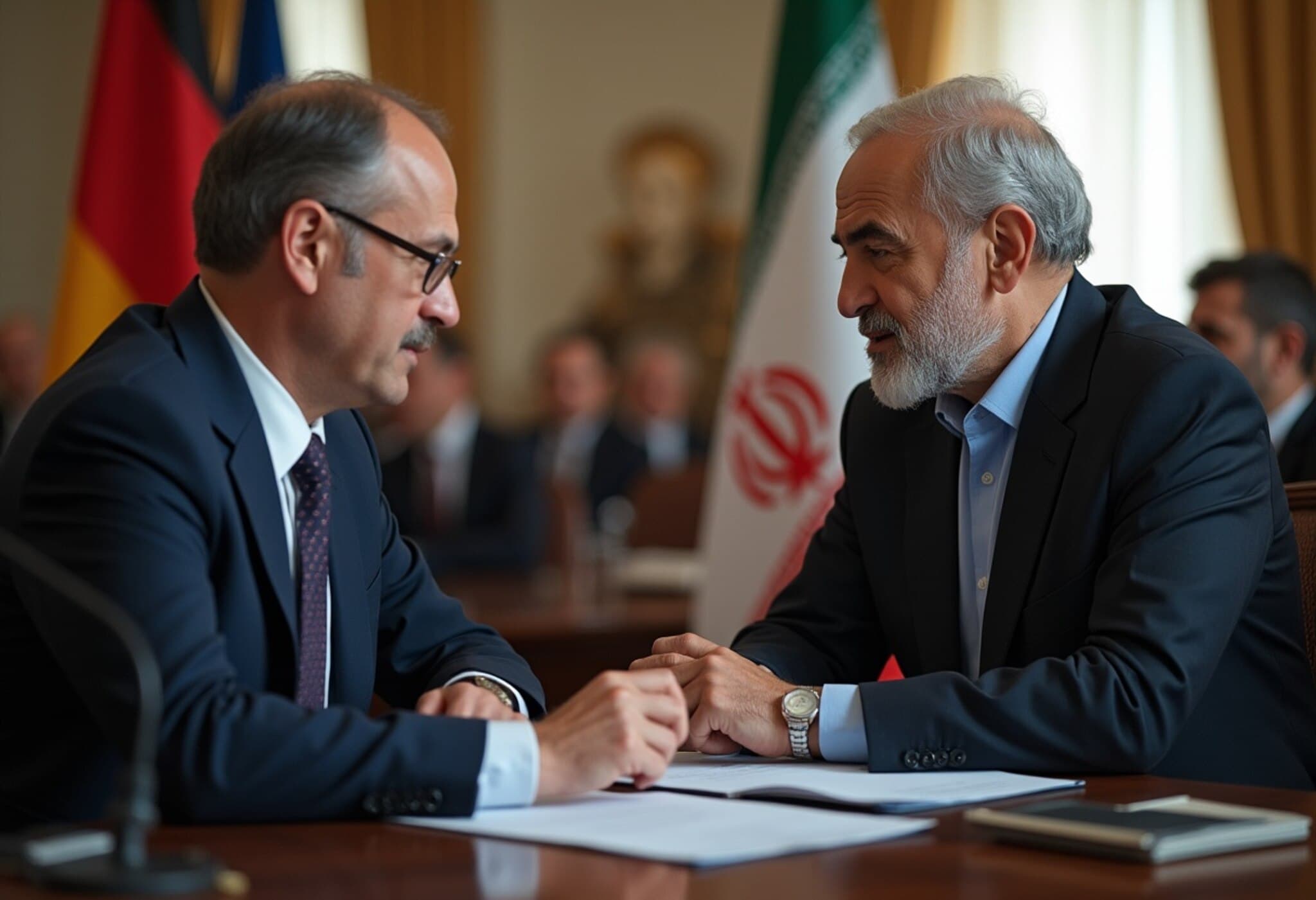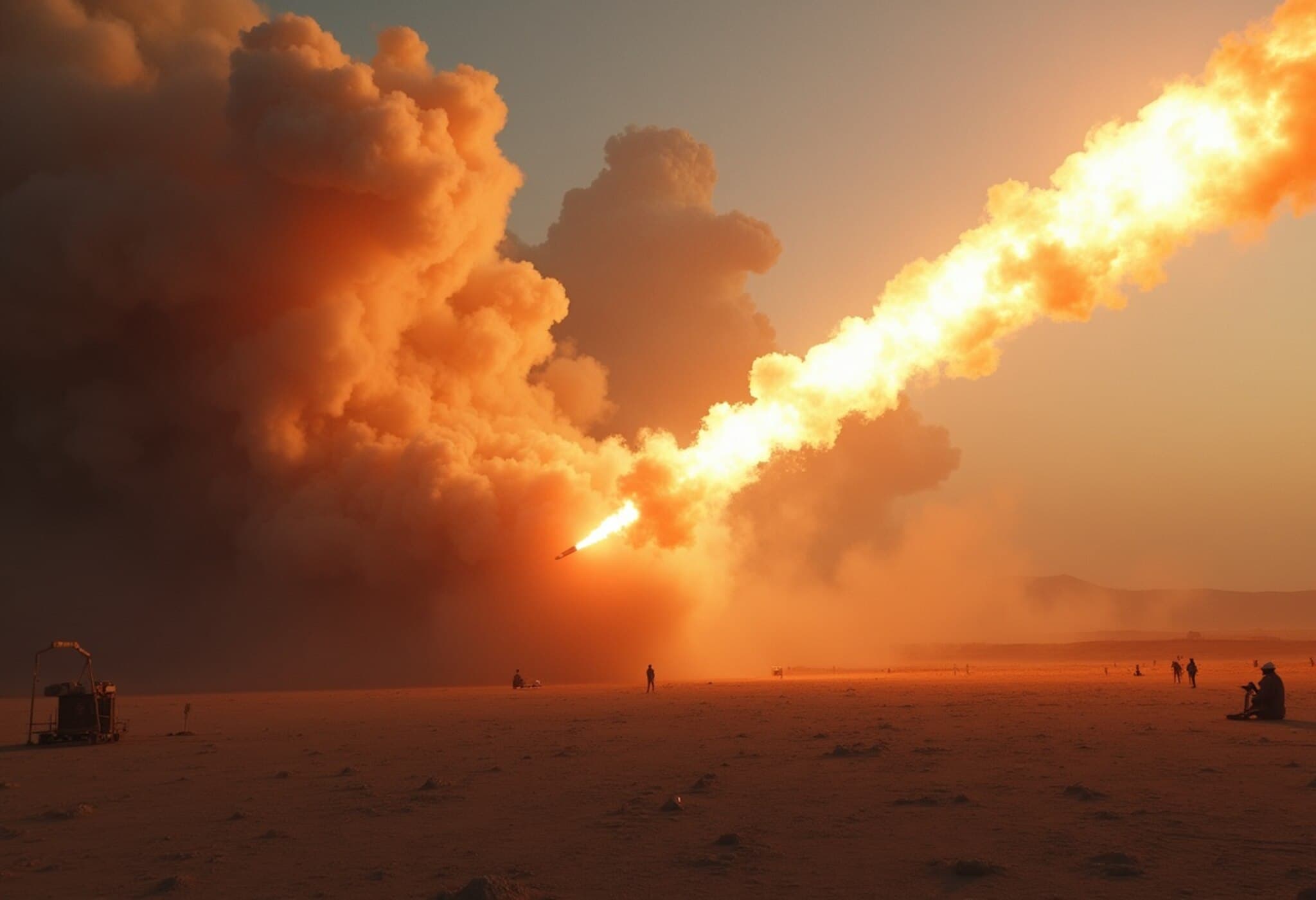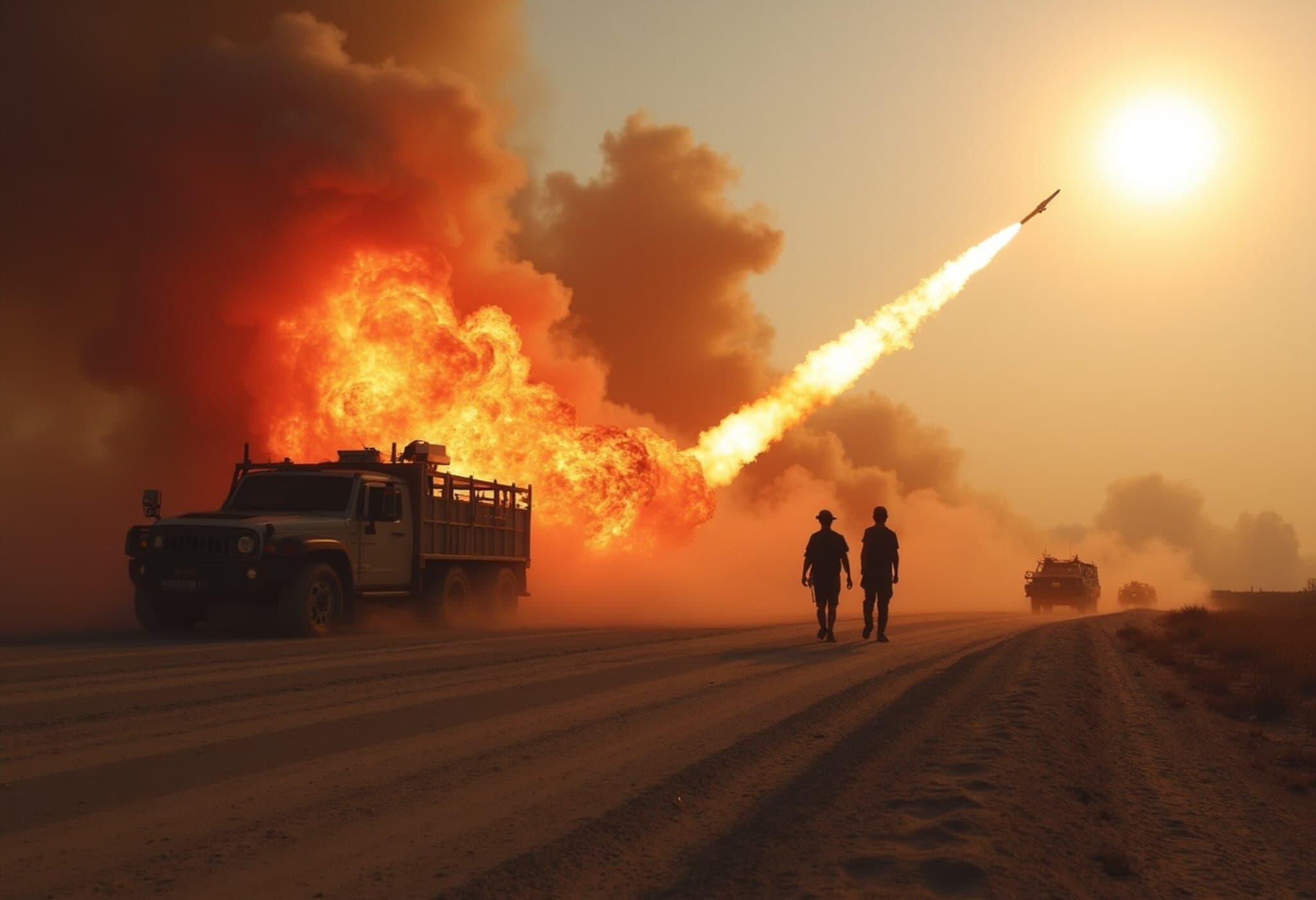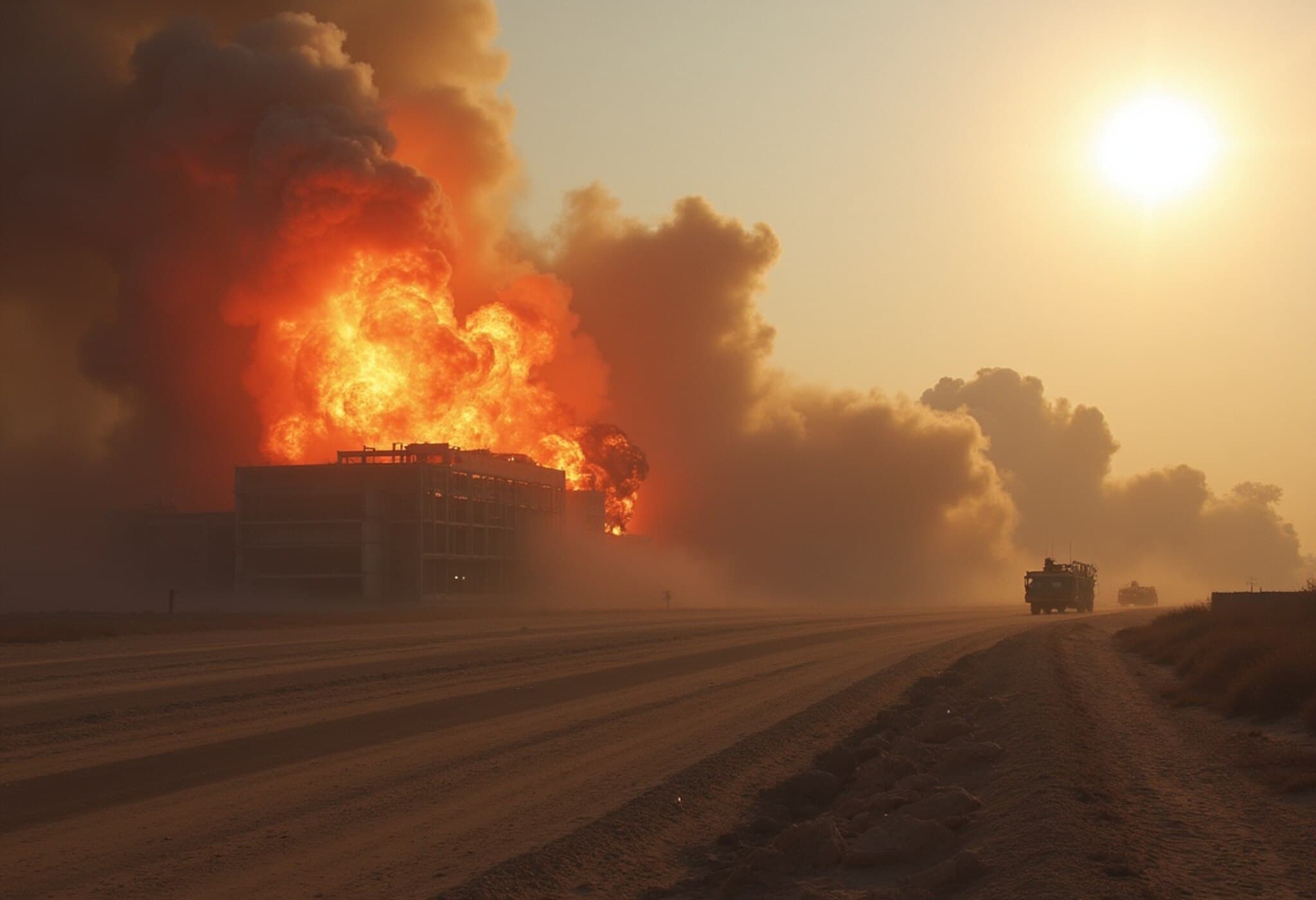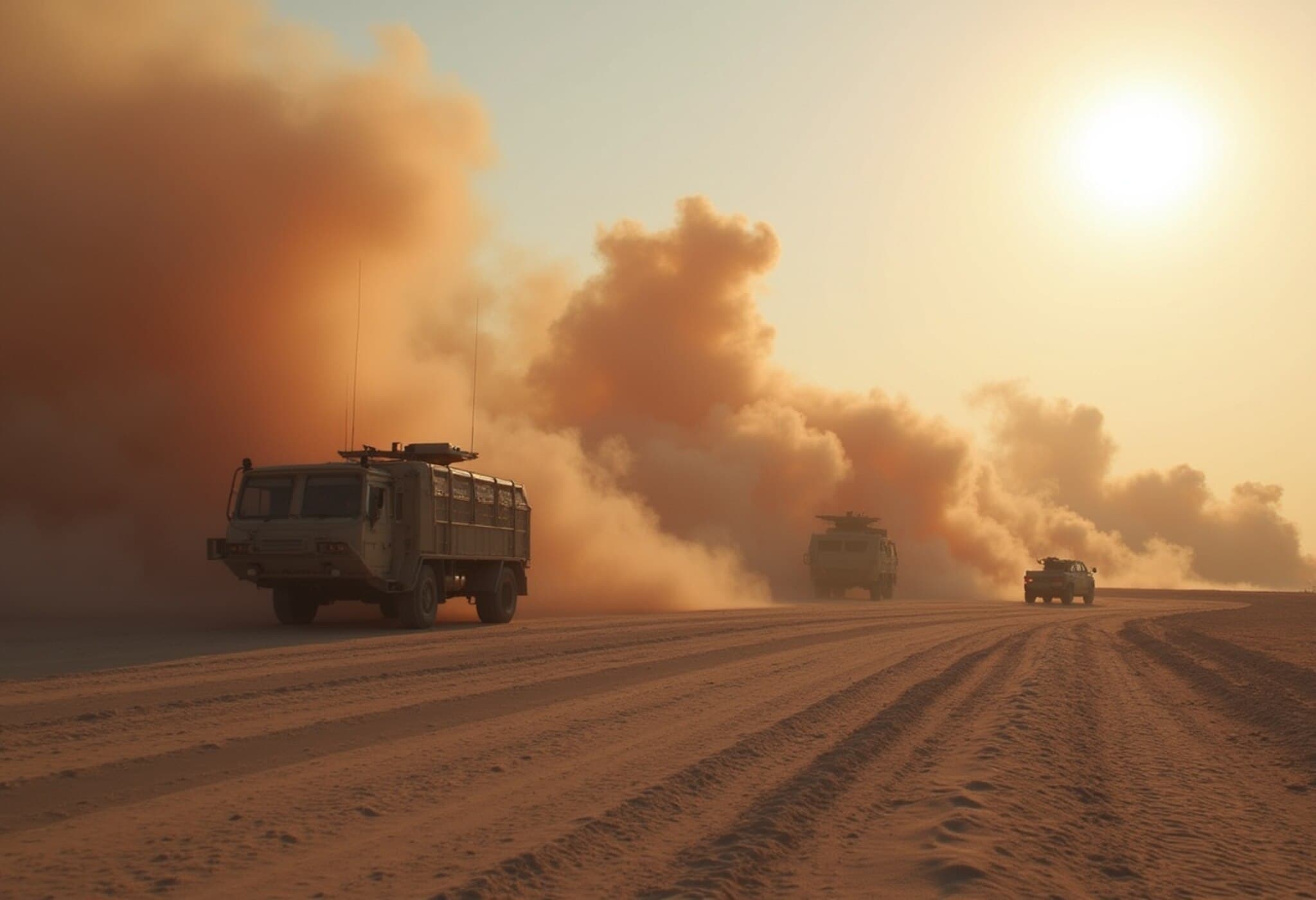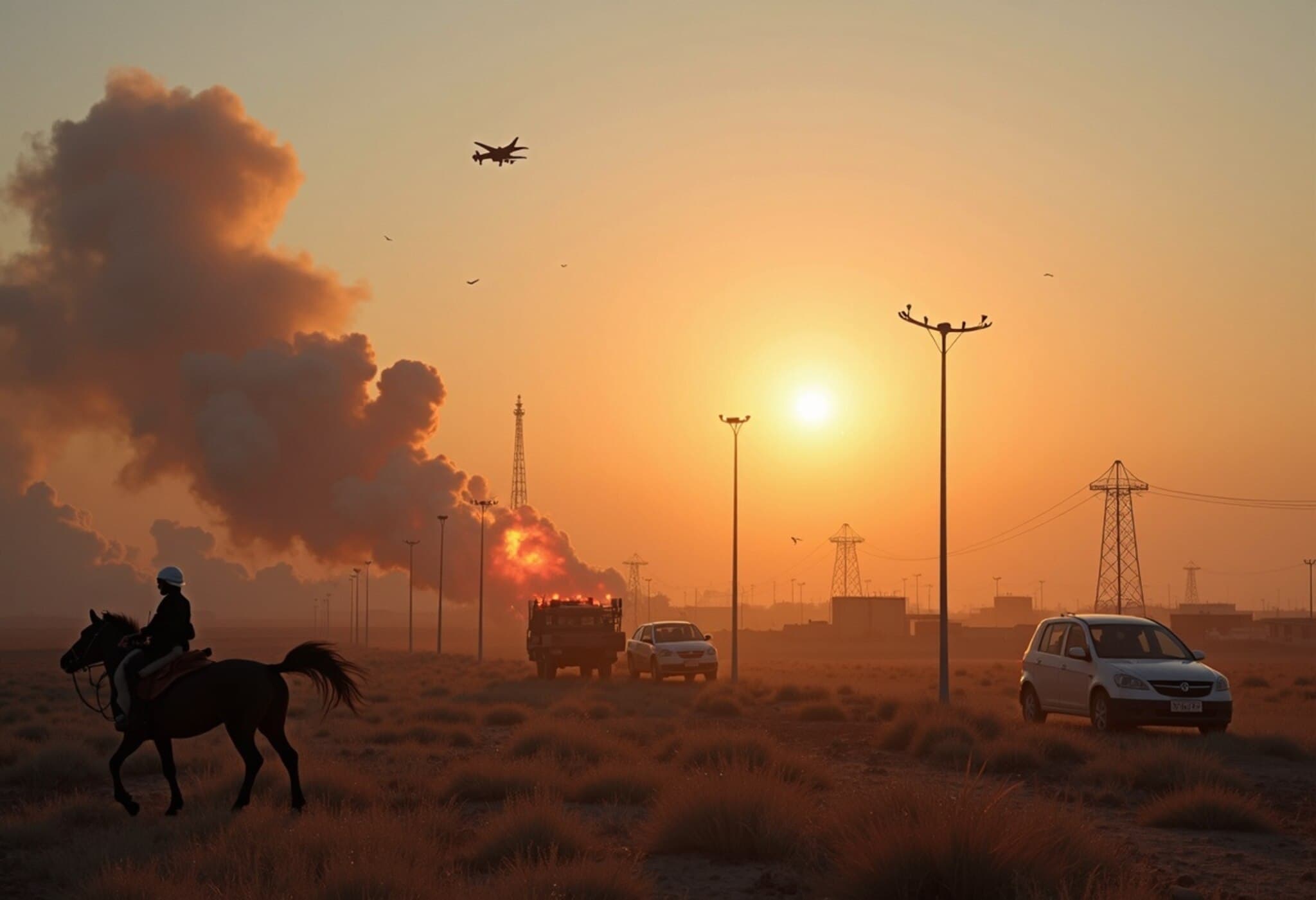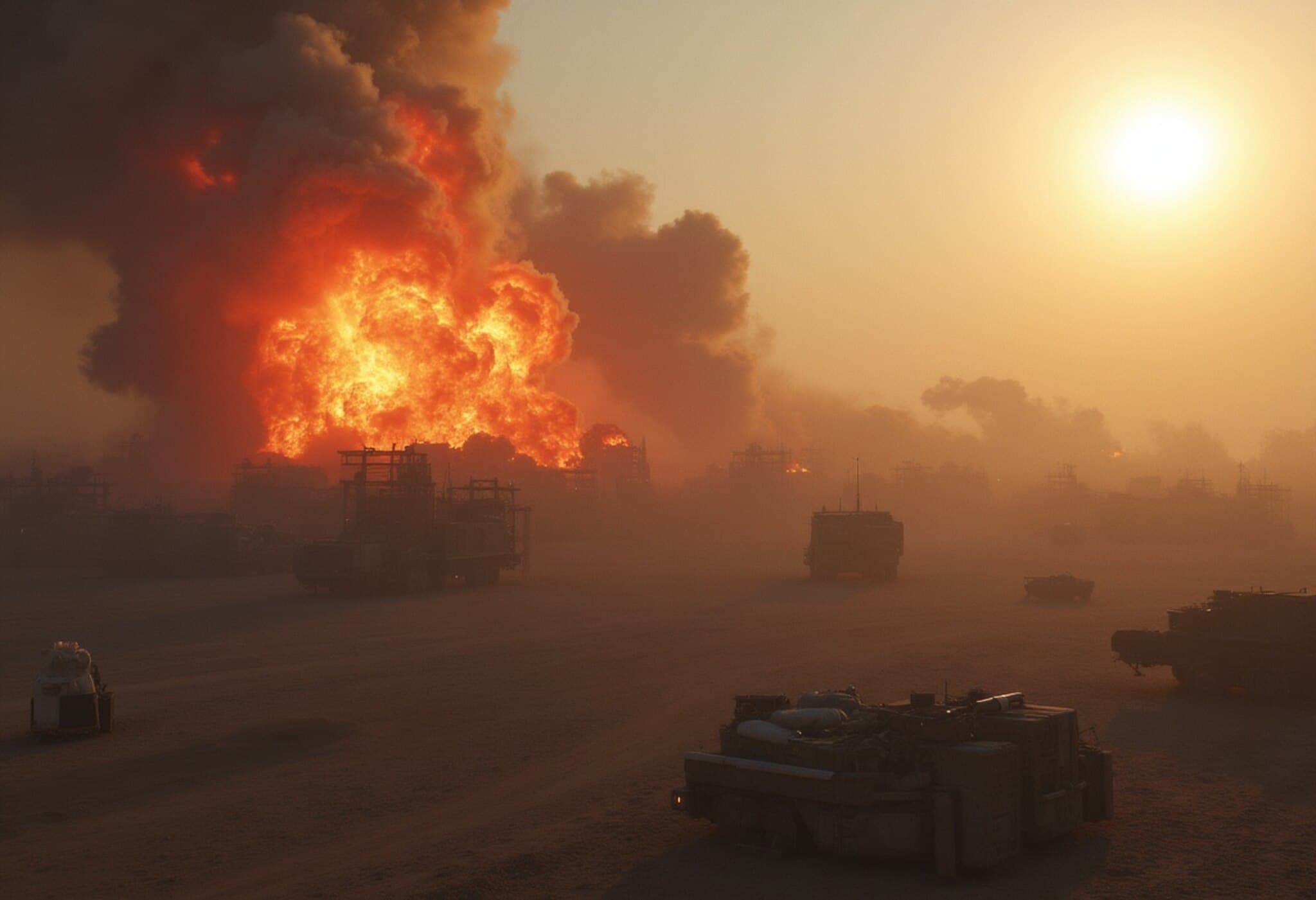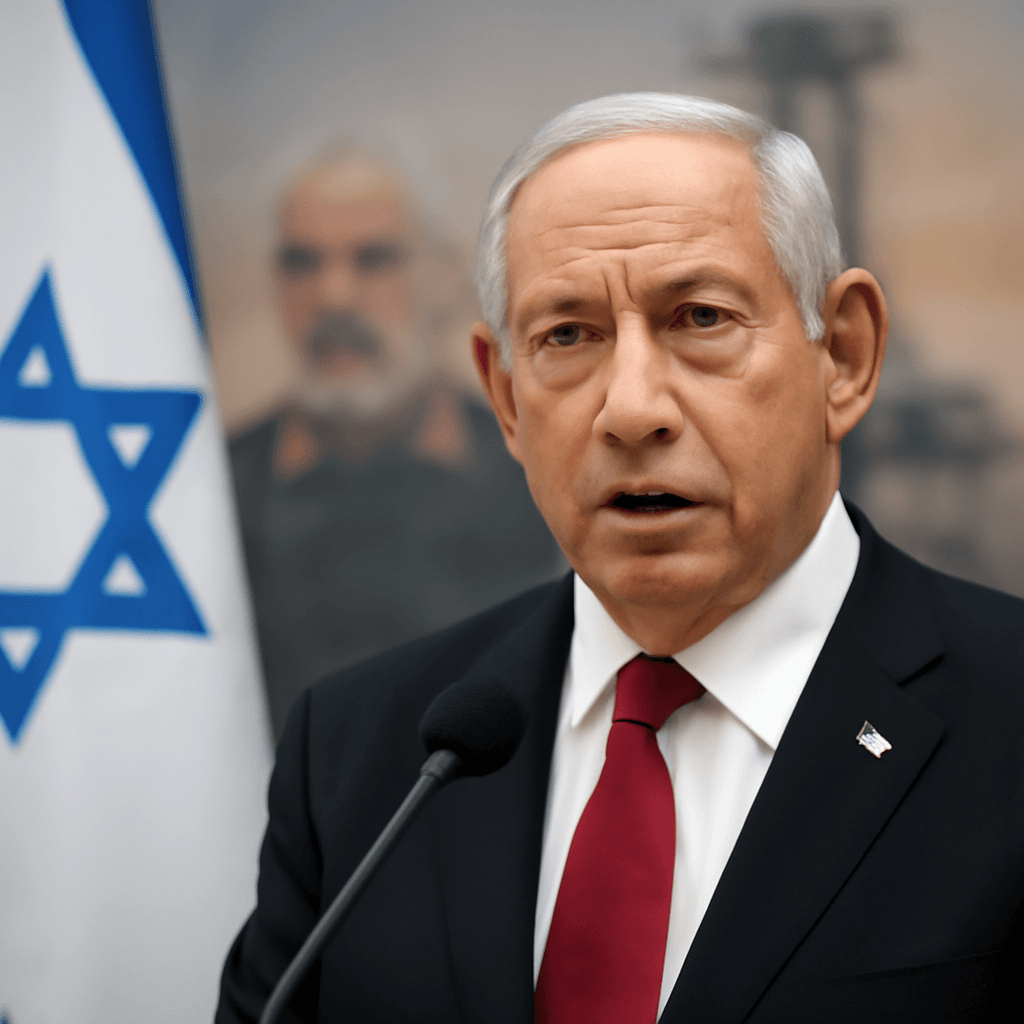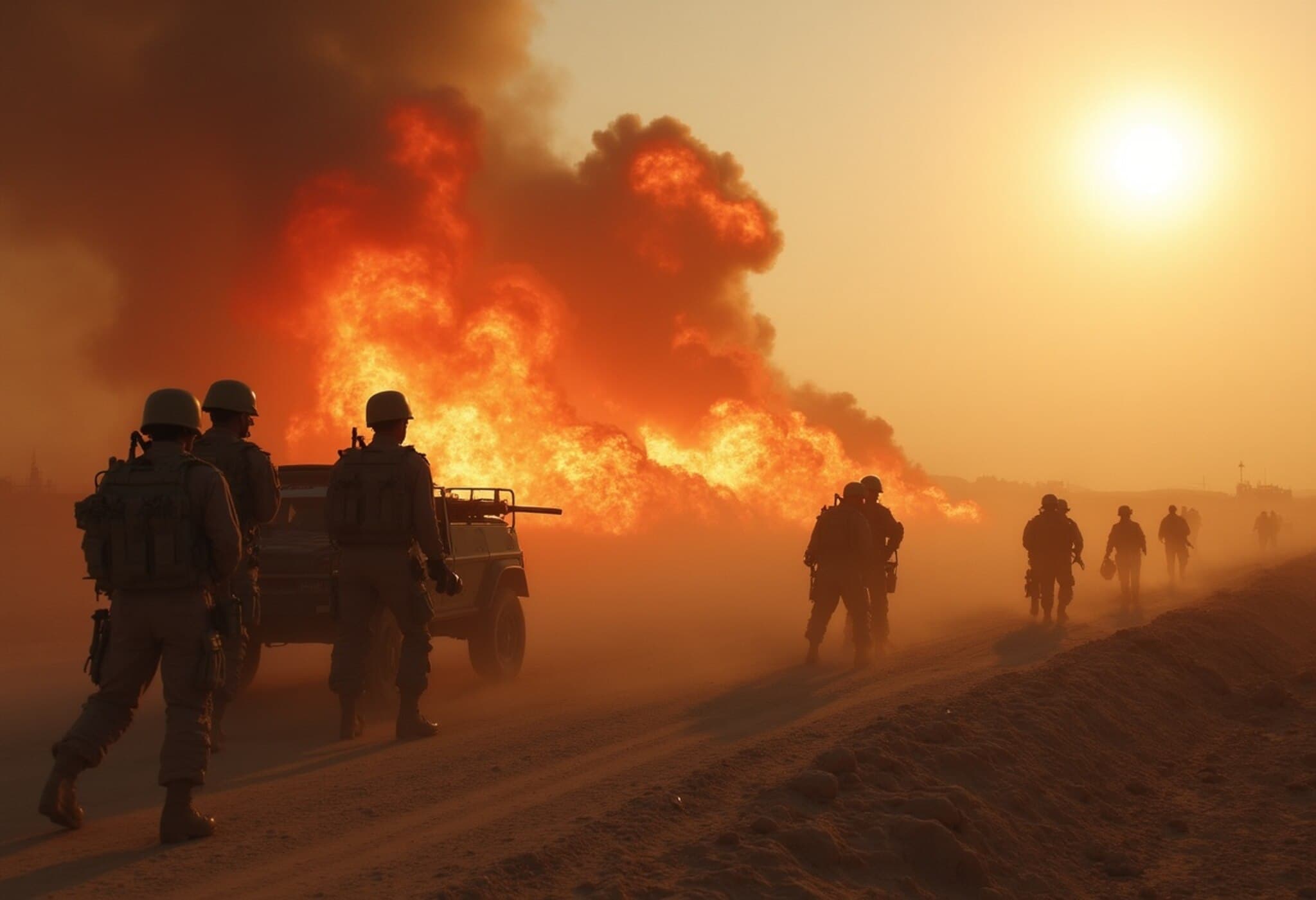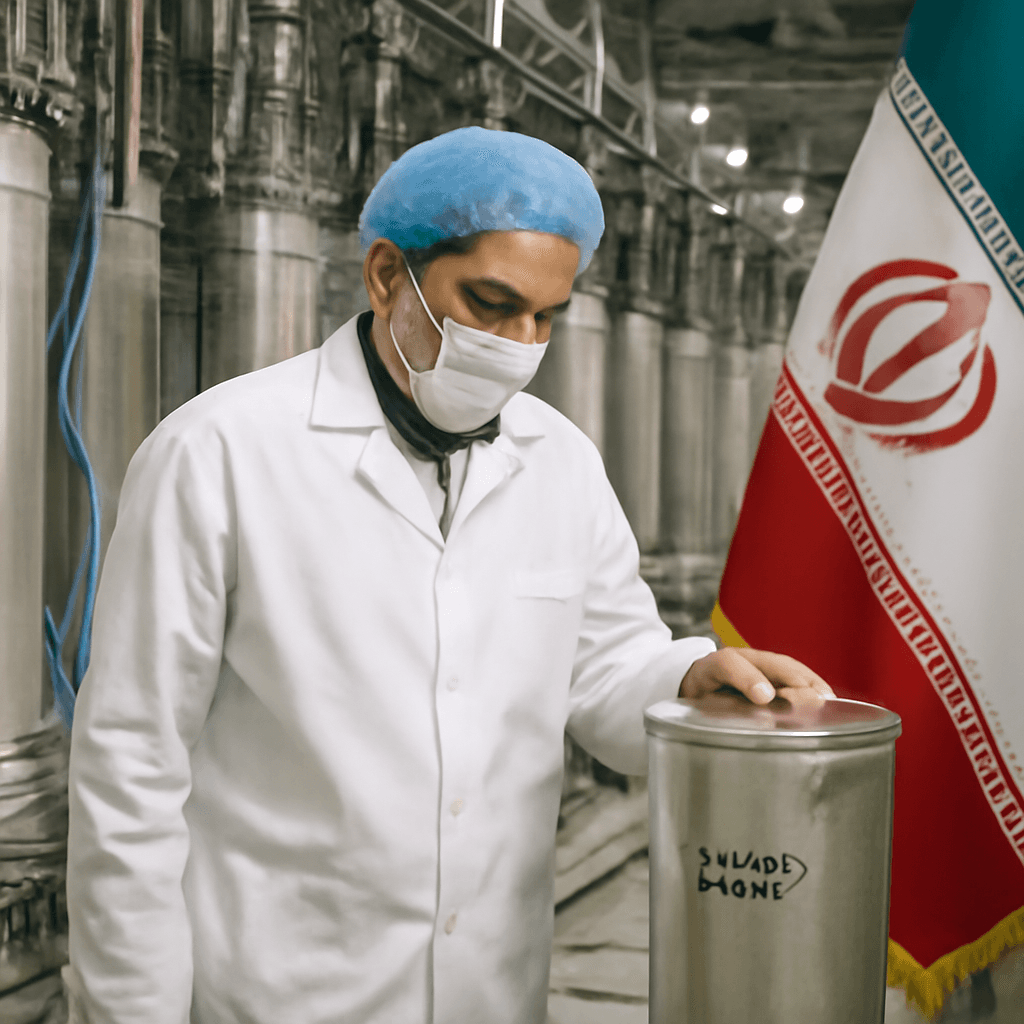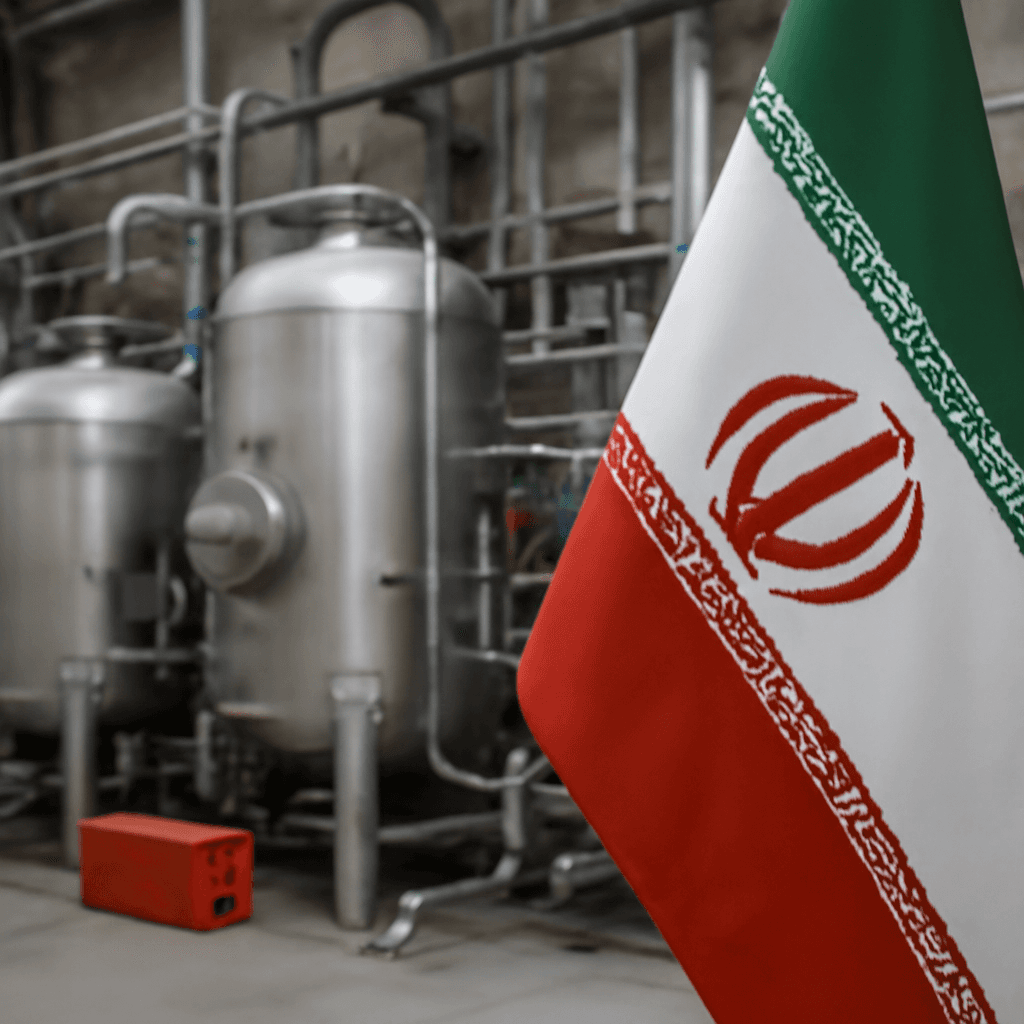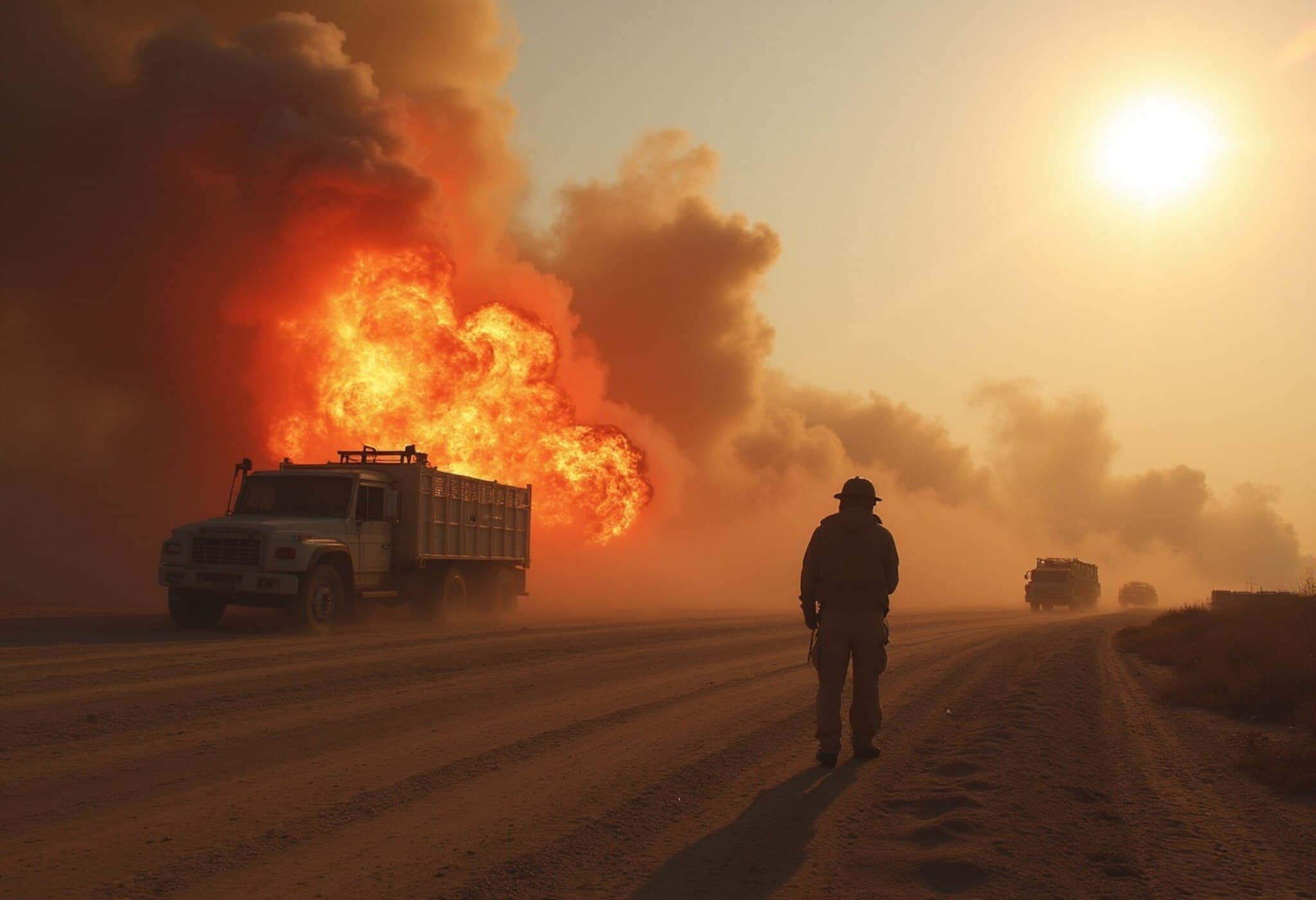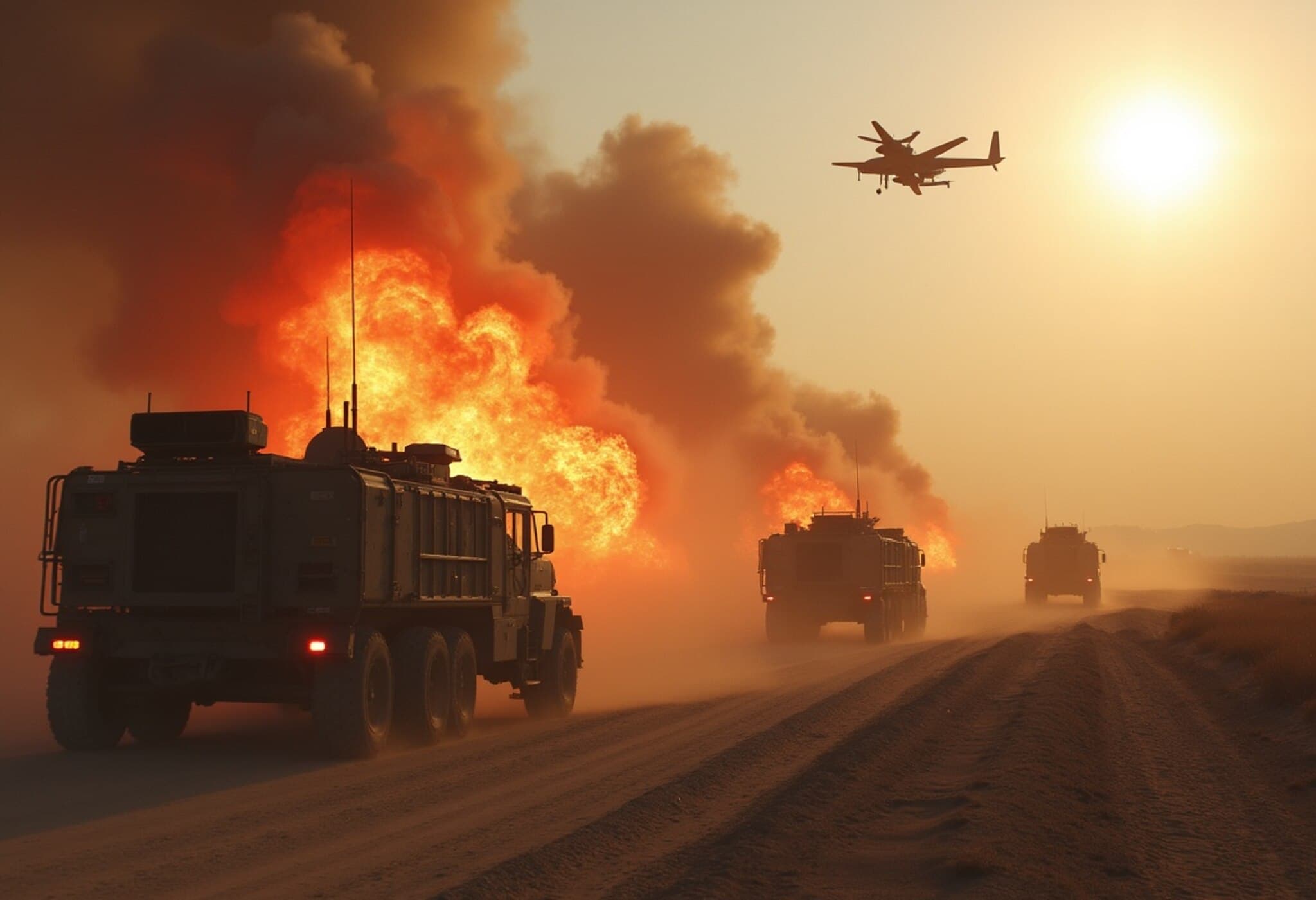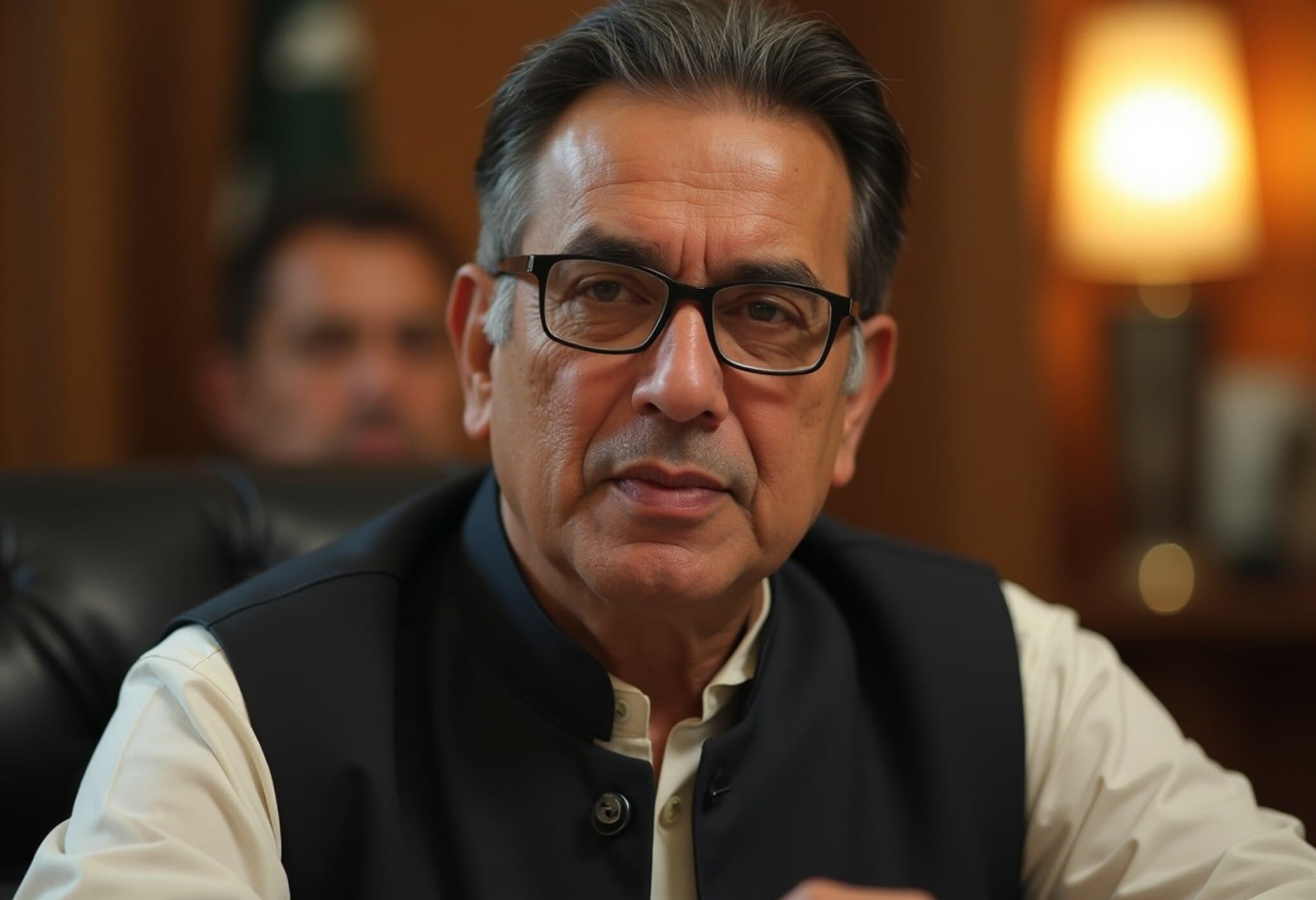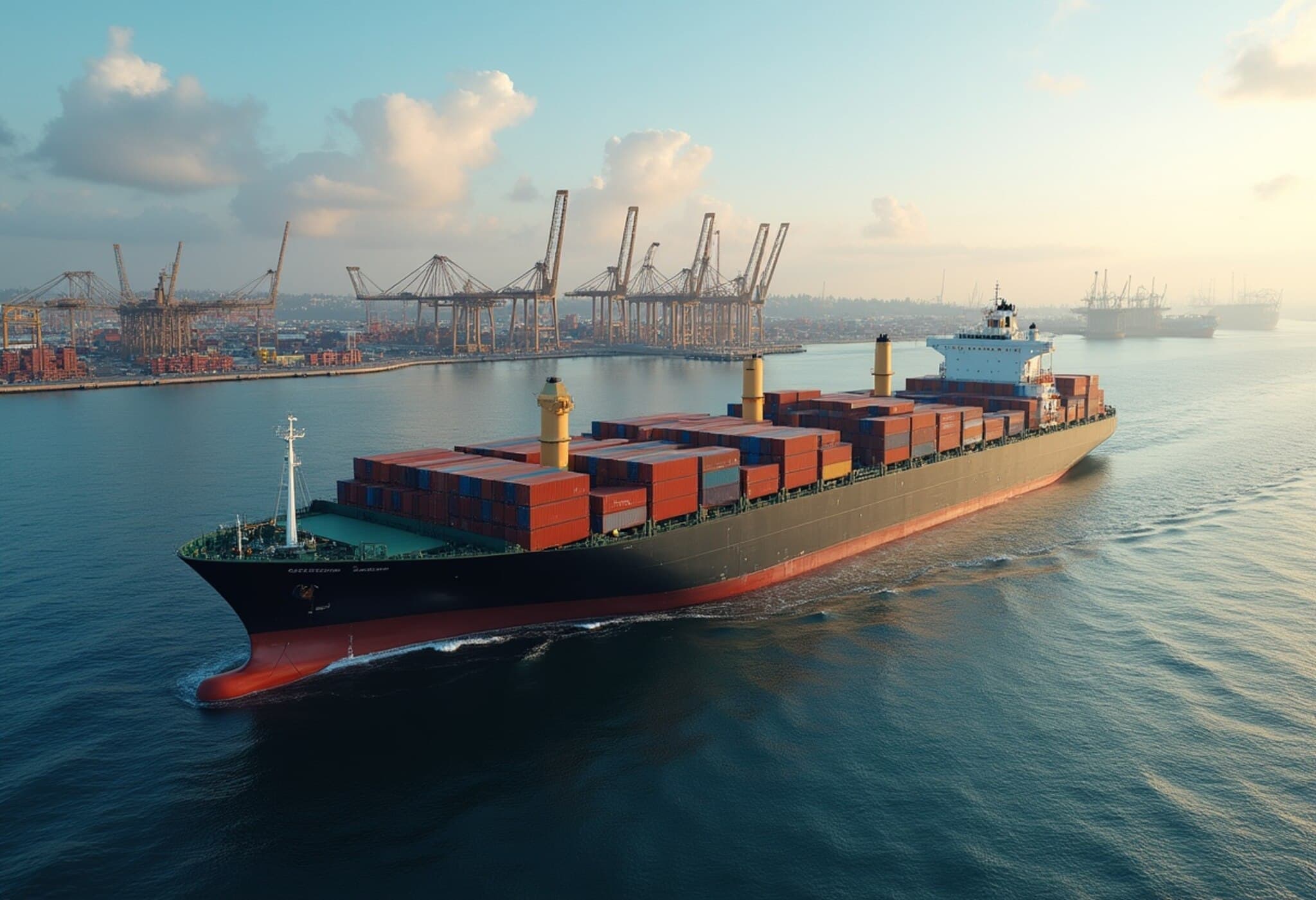A Deeply Hidden Nuclear Site at the Heart of Rising Tensions
Amid escalating hostilities between Israel and Iran, Iran's Fordow nuclear facility has emerged as a focal point of international concern. Nestled deep within a mountain near Qom, this heavily fortified plant is integral to Iran’s uranium enrichment efforts and potential nuclear weapons development. Its subterranean construction—buried some 80 to 90 meters below ground—makes it nearly impervious to airstrikes, even those employing the most advanced bunker-busting technology available to Israel.
Why Fordow Matters: Nuclear Capability and Strategic Defense
Fordow is no ordinary nuclear site. It was developed in secrecy and revealed publicly only in 2009, with a primary focus on survivability under military attack. This underground shelter not only protects its infrastructure but also safeguards critical nuclear materials. The International Atomic Energy Agency (IAEA) reports that Fordow houses approximately 2,700 centrifuges, enriching uranium up to 60% purity—alarmingly close to the 90% threshold needed for weapons-grade material.
In 2023, the IAEA detected uranium enriched to 83.7% at the site, underscoring the plant’s potential to rapidly produce nuclear weapons-grade uranium within weeks if Iran pursued weaponization.
Fordow’s Strategic Importance
- Serves as a resilient backup nuclear facility that can shield sensitive operations from airstrikes.
- Enables Iran to sustain and accelerate uranium enrichment in the face of international pressure.
- Represents a geopolitical flashpoint, symbolizing Iran’s nuclear ambitions and Israel’s security concerns.
The Elusive Quest to Neutralize Fordow
Israel faces significant hurdles in countering Fordow. Despite repeated attempts to damage Iran's nuclear capabilities, the facility remains intact and operational. The primary obstacle: Israel lacks the necessary weaponry to pierce Fordow’s deep underground sanctuary. Only the U.S. possesses a weapon capable of this — the GBU-57 Massive Ordnance Penetrator, a 30,000-pound "bunker buster" bomb designed explicitly to destroy fortified underground targets.
The One Weapon That Could Break Through
- Weight: 30,000 pounds
- Length: 20 feet
- Delivery Platform: Exclusively carried by the American B-2 stealth bomber
- Purpose: To penetrate rock and steel defenses before detonation
However, Israel has been denied access to this weapon due to concerns that its use could ignite a broader regional conflict. The United States has consistently withheld this bomb, fearing it could escalate tensions beyond control.
Israel’s Alternatives: Navigating a Dangerous Landscape
Without the bunker buster, Israel is forced to consider other, less direct tactics to disable Fordow. These include:
- Targeting power infrastructure: Striking power plants and transmission lines to temporarily halt nuclear activity.
- Sealing access points: Bombing entrances to trap personnel and equipment inside, hindering operations.
- Covert special operations: Deploying commandos to infiltrate and sabotage the facility from within—an exceptionally risky approach.
- Air dominance tactics: Maintaining control of airspace to monitor and disrupt activities, though this doesn’t physically eliminate the site.
Still, experts underline the formidable challenge Fordow poses. As one former U.S. military commander noted, "The physics of the problem remain the same."
U.S. Involvement: A Delicate Balance
The American role in this unfolding drama remains cautious. While the U.S. has repositioned air assets near the region and supports Israel diplomatically, it has not authorized providing the bunker-busting bomb or direct military intervention targeting Fordow.
Officials warn that deploying such weapons risks not only environmental hazards—like potential nuclear contamination—but also severe geopolitical fallout, including accusations of violating Iranian sovereignty and destabilizing the Middle East further.
The Broader Stakes: Regional Security and Global Consequences
Fordow embodies far more than a military challenge—it represents a flashpoint with profound political implications. An Israeli strike, especially with U.S. involvement, could provoke Iranian retaliation against American and allied interests across the Middle East, potentially igniting a wider regional war.
Iran maintains its nuclear program is peaceful and adheres to the Nuclear Non-Proliferation Treaty (NPT), but growing uranium enrichment levels and mounting threats from Israel intensify global anxieties.
In many ways, Fordow highlights the enduring nuclear standoff between Iran and its adversaries. For Israel, it delineates the limits of military options. For the U.S., it is a geopolitical minefield. For Iran, it serves as a strategic shield against existential threats.
Conclusion: A Moment of Reckoning at Fordow
As tensions escalate, the fate of Fordow carries immense weight. Whether Iran continues its path toward weaponizing uranium or whether Israel attempts to undermine this progress through indirect or covert means, the outcome could decisively shape the geopolitical landscape of the region—and the world—in the years to come.

